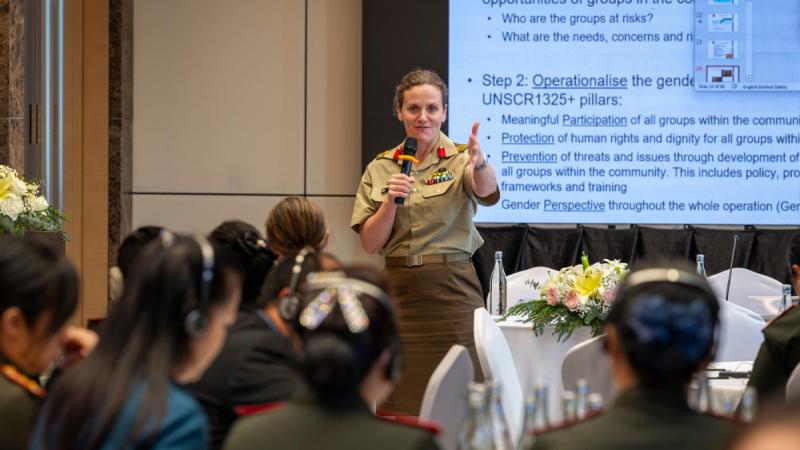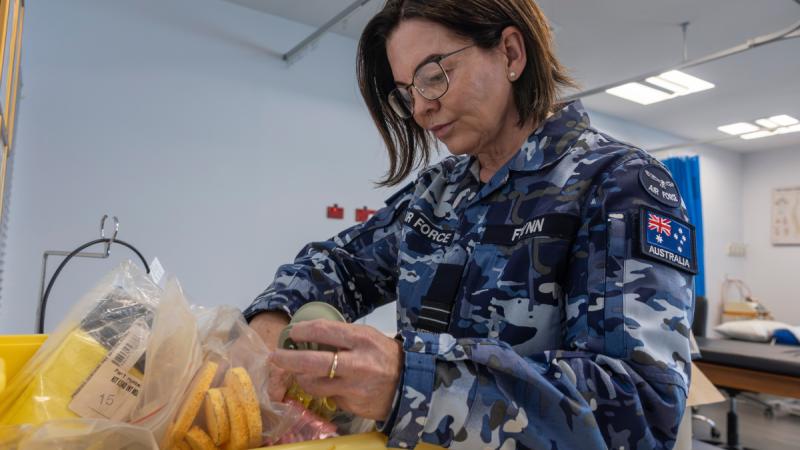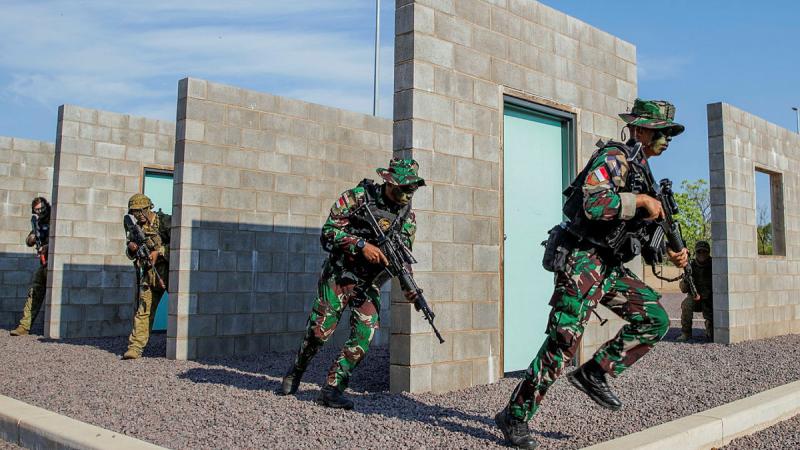29 June 2025
If it takes a village to raise a child, then it takes a multidisciplinary health team to support a Royal Australian Navy Landing Helicopter Dock.
Nestled deep within the heart of HMAS Canberra lies a hidden hive of activity, ready to respond to crewmates – and at times local and international communities – at a moment’s notice.
Should an incident occur on board, this hive activates. Akin to calling '000', you’ll soon be supported by the ship’s first layer of care.
The ship’s medical emergency team (SMET) are the first responders to incidents on board the 230m-long ship and act as first responders, administering immediate aid before moving patients to the ship’s health centre below decks.
Comprising operating theatres, a critical care unit and a raft of low and medium-dependency beds, the onboard health centre is ready to respond and regularly trains for such occasions.
'These additions allowed us to demonstrate our interoperability among services as well as refine our skills during some of the damage-control exercises undertaken while at sea.'
Nursing officer Lieutenant Claire Knight reflected on the recent damage-control exercises undertaken on board during a deployment to Wellington.
“The health centre is contradictory. In one sense you hope people never end up here but at the same time you want people to come knowing they’ll receive some of the highest-quality health care in the ADF,” Lieutenant Knight said.
“On this deployment we were lucky to be supported by a pharmacist and radiographer from the Army as well as a Navy dentist, dental assistant, Navy health support officer, additional Navy nursing officers and medical officer from the Fleet Health Directorate and Maritime Operational Health Unit.
“These additions allowed us to demonstrate our interoperability among services as well as refine our skills during some of the damage-control exercises undertaken while at sea.”
At sea, the bolstered Canberra medical department of 20 personnel had a number of patient interactions with the ship’s large crew each week, from sea sickness in rough seas, to the common cold or a rolled ankle during physical training.
The unique nature of the contingent also allowed for further refinement of the specialist skills ADF medical staff possess, with team members also undertaking further training in injuries that could possibly be sustained in the maritime environment.


